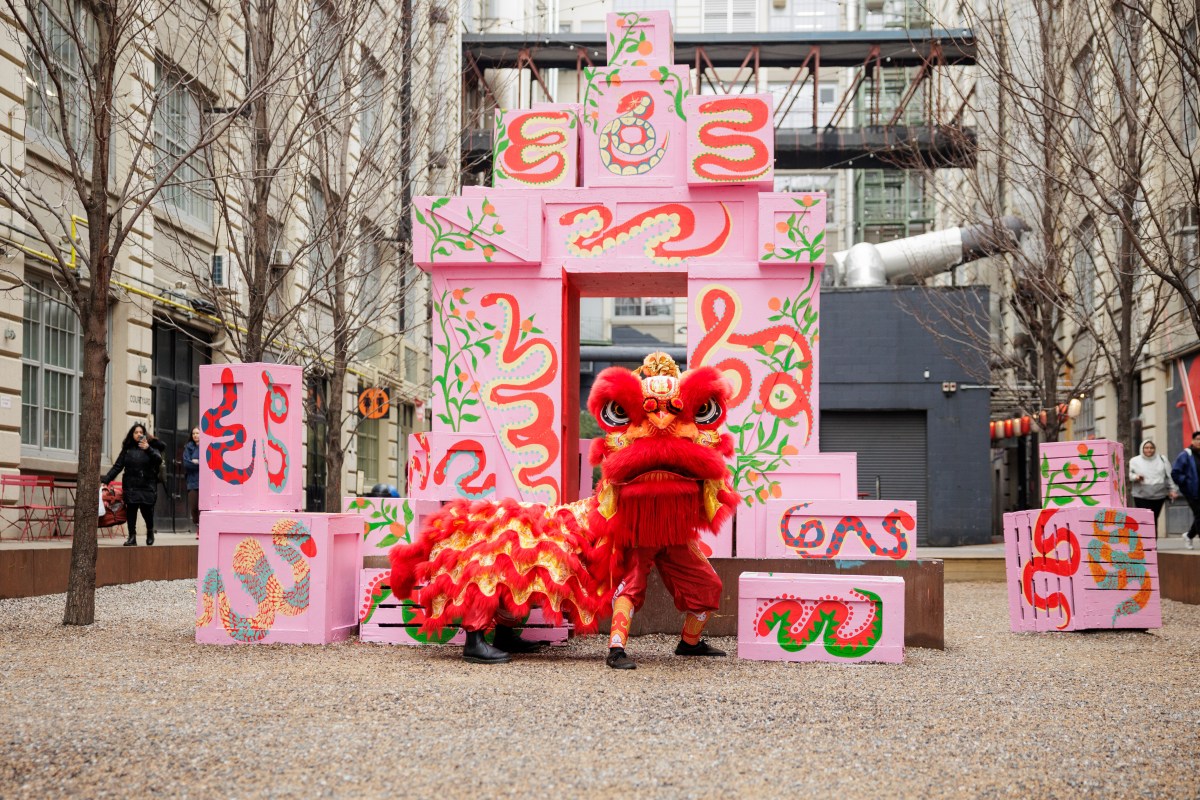In its heyday, Arlington Village was a “gorgeous” and lively place where residents had yards and flowers, Frankie Raso, 53, remembers of his childhood home.
There were lots of children, Carmen Solano says, earlier in her 21 years in the complex — sometimes too many, particularly when they were playing football or softball, sometimes breaking a window in the low-rise complex in East New York.
Now, “there are no children,” Solano, 62, says. There are broken windows, though, through which pigeons fly, exiting through caved-in roofs. Some 60 of more than 200 units are occupied, according to a tenant organization. The rest of the units, built in the 1940s for the many returning WWII veterans, are vacant.
Yet the Bluestone Group, whose website identifies it as “a private investment firm which was formed to capitalize on increasing prospects in the opportunistic real estate market,” paid $30 million for the site in March 2015.
One month later, they donated $10,000 to the Campaign for One New York, the controversial non-profit connected to Mayor Bill de Blasio, but not bound by NYC campaign finance laws that prohibit donations to political candidates from corporations and LLCs.
Bluestone was not the only one paying attention to the promise hidden in East New York. So was de Blasio, who was then embarking on a plan to drastically reshape the neighborhood: his rezoning plans, which some residents worried were opening up their homes to development while getting little in return.
The story of Arlington Village revolves around the question of who should control the development of our neighborhoods: The mayor? Deep-pocketed developers? The residents? What happens when any of them disagree?
After hearing about Bluestone’s purchase of the site, Dubois Thomas, a tenant organizer with the Cypress Hills Local Development Corporation, says tenants requested a meeting with the developers, and were referred to the management company on two separate occasions. He says it’s still unclear what the long range plans are for the development. Calls to Bluestone were not returned.
But activists and tenants see signs as to Bluestone’s intentions. The complex is split in two sections, and the landlord has been “offering to relocate tenants,” says Thomas, from the more vacant side to the other. The only work going on at the facility is on the side to which tenants have been encouraged to move.
And there is much work to be done. Neatly tended apartments neighbor long-vacant ones, with boarded up or broken windows; a caved-in roof. Old “beware of dog” signs crumpled on the faded green wood where panes used to be.
The rezoning would have brought many changes to the complex, including size — buildings on the Atlantic Avenue side would be permitted to have heights of 120 feet. It also could have become much more expensive.
Many residents — often elderly and retired — pay little through rent-stabilization programs. Bluestone has reportedly talked about creating affordable housing on the site, but residents in the community worry that the new housing won’t be affordable or plentiful enough.
The developers met with Department of Housing Preservation and Development to discuss affordable housing development in East New York in July 2015, just after their donation to the Campaign for One New York. At that meeting they were “pushing to be included in the rezoning,” says an HPD spokesperson.
And they were, until the rezoning plan went to the City Council for final approval.
By then, community activists had been protesting the rezoning plan for months, particularly over its lack of truly affordable housing and the sense that the plan was capitulating to gentrification. Not to mention that the loosened zoning restrictions would be a boon for developers who bought low and sold or rented high, while residents were pushed out.
The activists petitioned for Arlington Village to be taken out of the rezoning plan, and on this they were successful. While the rest of the plan was approved by the council, the zoning for Arlington Village remains unchanged.
If the developers want any zoning changes, they’ll have to go through an individual land-use review process, sure to be closely watched by the community organizations. That fight remains in the future.
This week, Raso, the Arlington resident, was waiting outside his apartment for plumbers to come — to fix a clog.
Like other residents, he hopes the complex will stay affordable and be spruced up. But without the pressure from community organizers, it might have been rezoned along with the rest of the neighborhood, and residents would have had to take their chances with the developers and city.
Raso looked out on the trees and open grass, verging to dirt in spots, in front of the vacant apartments.
“Hopefully, they can make it beautiful again,” Raso said.
This is amExpress, the conversation starter for New Yorkers. Subscribe at amny.com/amexpress.































